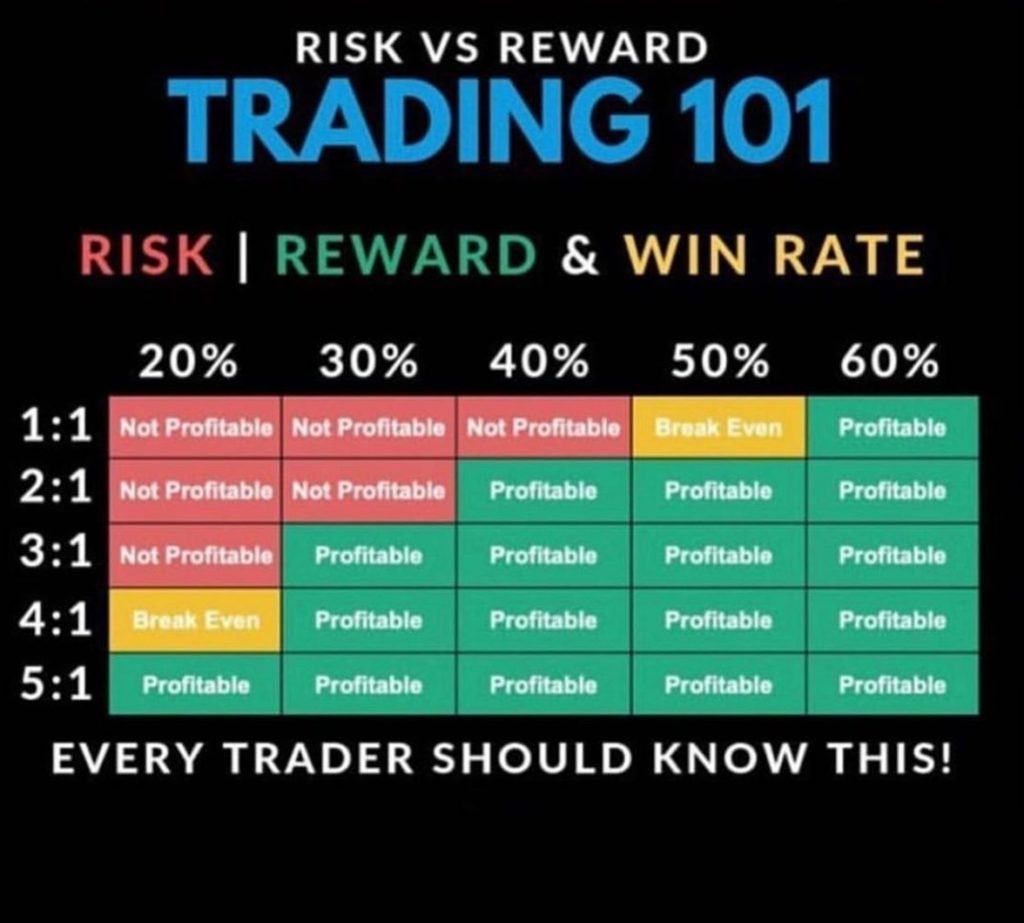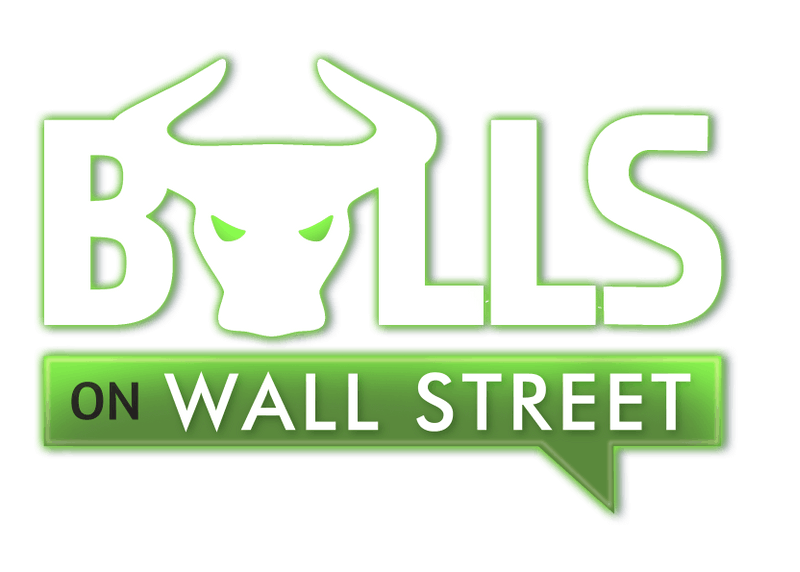Clench the mouse when you enter a position? Cannot leave the computer to go to the bathroom when you’re in a trade? Watch every tick and sweat through 3 shirts a session?
If you do any of these, you are trading with too much size. Trading with too much size not only makes trading way more stressful than it needs to be, but it costs you money.
Trading too much size affects your ability to see the markets objectively without emotion.
It affects your risk management, resulting in you taking massive losses. Your winners get cut short. You get gray hairs in your 30’s.
Here is how you should size your positions correctly, and what you need to understand about position sizing to become a more consistent and profitable trader:
Position Sizing 101
Before we get into the weeds, let’s start with the basics. Position sizing is simply your system for determining how many shares you buy or short of stock. This graphic shows you how to calculate it:

Your position size is determined by your risk, where you are placing your stop loss and your entry price. Not by a need to make a lot of money. You cannot just buy 500 shares of everything.
Sizing Misconceptions
More shares don’t mean bigger profits. This doesn’t make sense to most newer traders. How does buying or shorting fewer shares make you more money? Doesn’t double your size means doubling your profits?
One of the biggest misconceptions. Trading with too much size is likely to cause you to make a variety of trading errors. Incorrect position sizing causes you to focus on your PNL, and not on what the price action of the market is telling you.
Stopping out prematurely because you are afraid of losing too much money. Getting greedy and take profits too early. Taking huge losses because you freeze up. Stress destroying your health.
Risk Management Deteriorates
When you trade with too much size, you may not cut your loss when you are supposed to. When you are all-in on a trade and it goes against you, realizing the loss is painful. For some traders, it becomes too painful, and play the avoidance game until it gets too big to ignore.
We talked a lot about risk management in this article. Trading too much size completely screws up your risk vs reward ratio, as it makes your winners smaller and your losers larger. Study this chart carefully

Huge position sizing throws your risk vs reward ratio out of whack. Most traders will take profits way too soon because they have what they perceive to be a large unrealized gain. They get greedy and realize it. Usually, they end making 1/10th of what they could’ve made if they had focused on market signals instead of their PNL.
The Sweet Spot for Sizing
You have to find the sweet spot of trading enough size to make the time you put into trading worthwhile, but small enough that it doesn’t cause you to trade emotionally. You should size according to your account size and your net worth. Less emotional attachment to your positions will make it easier to let your winners ride and cut your losses short. Like this:

Always consider the worst-case scenario. Anything can happen once you are in the trade. Bad news could come out when you are in a position. If the stock tanks fast when you are overleveraged, you could lose everything, and even go into debt with your broker. Your risk needs to be managed aggressively.
SMALLER STRESS-FREE GAINS > STRESSFUL LARGER GAINS IN THE LONG RUN.
Risk What You Can Afford to Lose
A trading loss should not impact the way you live your life financially. Your mortgage should not be on the line. The market is random. There is always a possibility a trade could be a loser. There is no 100% certainty in the markets (or in life).
Don’t risk more than 2% of your account on any one trade when you are a new trader. You need to keep your losses small so you can stay in the game long enough to become consistently profitable.
You cannot let one trading loss bring you all the way back to square one, or cause you to start selling off assets to continue to maintain your current lifestyle. Trading needs to SUPPLEMENTAL income before it can become a primary source of income.



